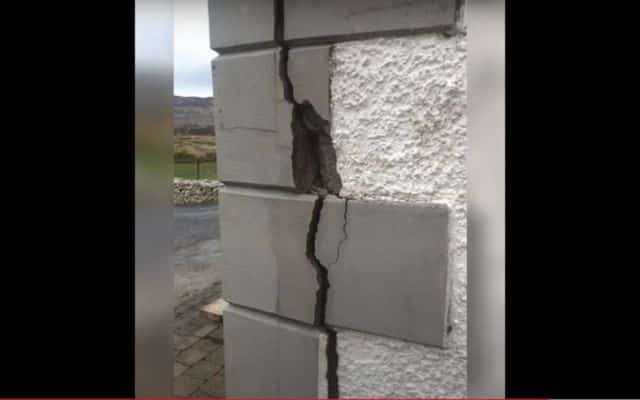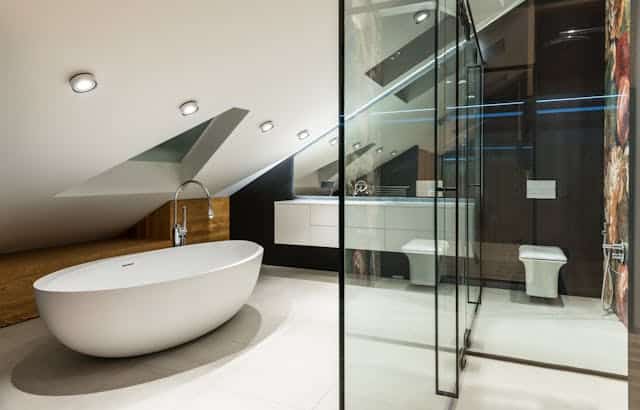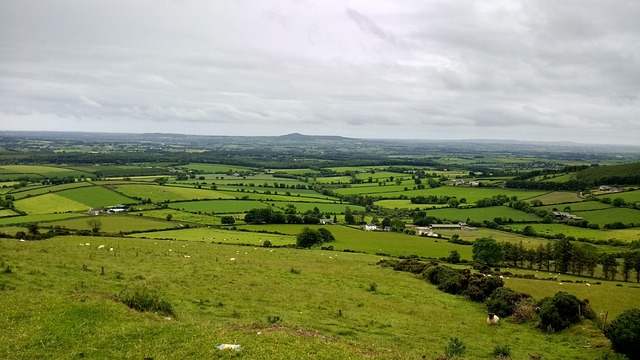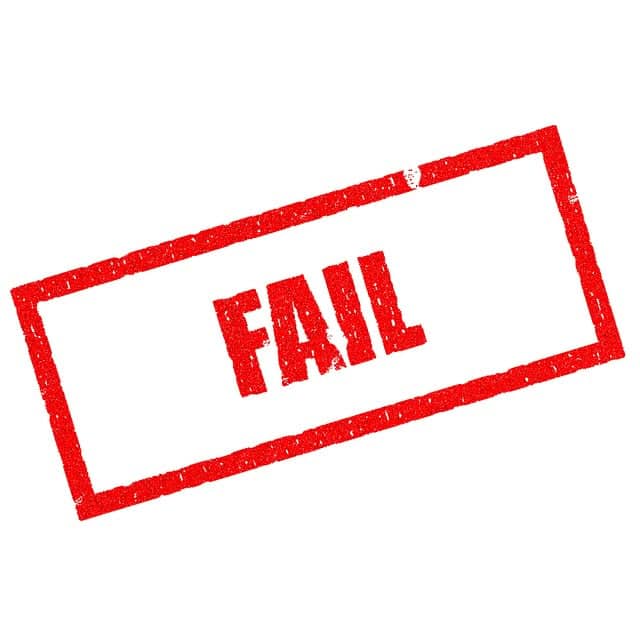Our self-build Q&A on the Help to buy scheme, which is for new builds only (does not apply to extensions) – Updated on October 20 with details from the Finance Bill
Who can avail of the rebate?
First time buyers and first time self-builders can avail of the scheme. If one applicant is FTB and the other not, you cannot avail of the scheme.Also, the first-time buyer must not have either individually or jointly with any other person (directly or indirectly), previously purchased, built or inherited a property.You must occupy the house as your home for at least five years from the date the property is habitable. You must also complete the build within two years of being awarded the rebate.

You must also be taking out a minimum 70% mortgage and have drawn down your first instalment no earlier than 19th July 2016 (the scheme is being backdated subject to Oireachtas approval).In the case of a self-build, this means you must have taken out a mortgage equivalent to “70% of the valuation approved by the mortgage provider”.The 19th of July coincides with the launch of the government’s “Rebuilding Ireland: Action Plan for Housing and Homelessness”.Another important criteria is that you must have been “fully tax compliant in respect of the four years immediately prior to the claim.”
What qualifies as a ‘new build’ in a self-build scenario? Does someone building a new house appended to an existing cottage qualify?
According to the Department of Finance press office, a new build is a property that has not been occupied before – extending a cottage would not qualify.In the wording of the Finance Bill:‘self-build qualifying residence’ means a qualifying residence which is built, directly or indirectly, by a first-time purchaser on his or her own behalf; ‘qualifying residence’ means a new building which was not previously used, or suitable for use, as a dwelling, and [other requirements as listed above].Would it be fair to say the value of the house needs to be similar to the cost of building it?
Yes.What does the scheme consist of?
It’s a “rebate of income tax paid over the previous four tax years”.The aim is for this to be a contribution towards your mortgage deposit – any rebate received under the scheme will be reckoned in full in the calculation of the deposit required to be eligible for a mortgage. So this effectively reduces the Central Bank’s minimum deposit requirement.The total you can get back is 5% of the purchase price on up to €400,000 but the exact amount is determined by the amount of income tax you have paid over the past four years.In order to qualify for the rebate you need to have paid at least that amount of income tax over the past four years, so even if you were abroad during some of this time if you have paid some income tax over the past four years you can still qualify.Where the new home is valued between €400,000 and €600,000 the maximum relief (i.e. €20,000) will continue to be available. You will not be eligible if the valuation is more than €600,000.Applicants will be able to apply online via the Revenue website to see how much of a rebate they could be entitled to under the scheme. It is expected that the electronic facility to avail of this scheme will be available from January 2017.The Department of Finance has published an example: Deirdre and Evan are planning to self-build their own home in 2017. They estimate that the value of the home will be €375,000 when completed. For this, provided they have paid sufficient income tax over the previous four years and they are taking out a minimum 70% mortgage, they will qualify for a rebate under the Help to Buy scheme of €18,750.In calculating the mortgage’s loan to value ratio, how is the final house valuation determined?
You need to borrow an amount representing at least 70% of the ‘approved valuation’ of the house. In the case of a self-build the house is not yet built, so this ‘approved valuation’ is defined as current market value. In the words of the Finance Bill: “the valuation of the residence that, at the time the qualifying loan is entered into, is approved by the qualifying lender as being the valuation of the residence”.In relation to the following statement: “The first-time buyer must not have either individually or jointly with any other person (directly or indirectly), previously purchased, built or inherited a property.”What if someone inherited land previously but that person is building their first house on another piece of land?
According to the Department of Finance: “Yes the person should still be eligible to apply under the scheme, subject to the additional terms and conditions.”The Finance Bill defines a qualifying loan as one that “is used by the first-time purchaser wholly and exclusively for thepurpose of defraying money employed in the purchase of a qualifying residence, or the provision of a self-build qualifying residence (including, in a case where such acquisition is required for its construction, the acquisition of land on which the residence is constructed).”What if you bought a property with an old house on it , and got planning for a new dwelling as the old one was not fit for purpose?
The Finance Bill states: ‘Qualifying residence’ means a new building which was not previously used, or suitable for use, as a dwelling […].We have asked the Department of Finance whether someone demolishing a house to build new would qualify; the answer we were given is as follows:“A new-build is a property that has not been occupied before. The property must not have been used as a residence before. If the property in question falls within the definition of a qualifying residence for the purposes of the legislation then the property may qualify as a new build. The example does not seem to qualify, however, as each case is different, it is not possible to state unequivocally that the build in the example provided will or will not qualify as a new build.However, we must highlight that the onus of proof is on the taxpayer to prove that the property is a new build. If a building has previously been registered with the Property Registration Authority or registered for LPT, the claimant will have to prove that this property is in fact a new build, and not merely the extension of an existing building or a rebuild of an existing property. Detailed information must be supplied as part of the claim process.”I was abroad working for the last few years, can I still avail of the incentive?
The relief is based on income tax and DIRT paid over the previous four years. You may be eligible for some contribution from the incentive depending on your circumstances. For example, if you had worked in Ireland in Year 1 and spent Years 2 to 4 abroad, you may still qualify for some relief in respect of the income tax paid in Year 1. Obviously, where no income tax has been paid, there is no tax available to refund.What are the timelines? Subject to Oireachatas approval the scheme will be backdated to the 19th of July 2016. This is the date at which the first mortgage payment was drawn down. This scheme will run until the end of 2019. Once the claim is submitted, the details will need to be verified by the Developer/Contractor or first-time buyer (for a self-build), before the refund will be paid.
A calculator will be available from January 2017 on the Revenue website to show you how much you can get from the scheme. The link to the HTB Revenue website is: http://www.revenue.ie/en/tax/it/reliefs/htb/index.htmlMore details also available in Appendix D of the Budget document, on page B.32 of http://www.budget.gov.ie/Budgets/2017/Documents/Budget%202017%20-%20Full%20document.pdfWhat are the other Budget 2017 measures affecting self-builders and home improvers?
- VAT back on renovations – on existing homes only (applies to extensions too)
- Grants to upgrade energy performance – on existing homes only











